“Nature” reveals:
How is long-term coexistence possible between bacteria in the oceans and the viruses that infect them? This question has intrigued researchers for many years. Now Technion scientists from the Faculty of Biology provide an answer, reveals the prestigious journal “Nature”. This coexistence is enabled by a high level of variability within bacterial populations for the genes used by viruses to attach to and infect the bacteria.
Cyanobacteria are photosynthetic bacteria that carry out photosynthesis in a manner similar to plants. Their ecological importance lies in the production of sugars that are the basis of the food web in the oceans, and in the production of oxygen that all organisms on earth breathe. Furthermore, cyanobacteria take up carbon dioxide, a greenhouse gas responsible for climate change, and in this way help reduce its level in the atmosphere.
Coexistence between large numbers of cyanobacteria and the viruses that infect them has been going on for millions of years, enabling the cyanobacteria to continue fulfilling their important ecological role. This is despite the fact that, in theory, viral populations should have caused the collapse of such large populations of cyanobacteria.
One of the hypotheses that can explain the coexistence of both cyanobacteria and viruses is that the population of cyanobacteria consists of individuals resistant to viruses as well as those that are sensitive to them. However, the mechanism that enables this was not previously known.
“We looked for cyanobacteria that are resistant to viruses in order to determine what facilitates their resistance”, said the researchers, Doctor Debbie Lindell and the doctoral student Sarit Avrani. “We used new technology that enabled us to sequence the entire genome of the resistant cyanobacteria at a reasonable cost, which allowed us to carry out an in depth study by assessing many strains”.
They took strains of cyanobacteria and viruses and mixed them together. “Most of the cyanobacteria die because the viruses kill them”, explains Sarit. “The few that survive are cyanobacteria that the viruses couldn’t infect. We extracted and sequenced their genomes and found the mutations and their position in the genome that lead to resistance. Most of the mutations were in genes that are responsible for the formation of proteins that affect the structure of the outer surface of the cyanobacteria. These mutations prevent the viruses from entering the cyanobacteria cell.”
The researchers worked in collaboration with Dr. Itai Sharon, a post-doctoral fellow at the Technion, and with Dr. Rotem Sorek and the doctoral student Omri Wurtzel from the Weizmann Institute of Science.
The researchers found that most of the mutations were located in a specific region of the genome called a “genomic island”. This is one of five “genomic islands” known in this group of cyanobacteria. These islands are regions of the genome made up of genes that are entirely different between the different individuals in a population in nature. This concoction of genes originates, not from their ancestors but from other organisms entirely. In contrast, most of the genome is made up of the same genes organized in the exact same order in all the individuals in a population.
The significance of the position of these mutations in the genomic island is that only a small part of the population contains genes that enable a particular virus to infect it, and a different part of the population contains different genes that enable a different virus to infect them, and so on. As such, the cyanobacterial population is made up of many sub-groups, each of which can be infected by a different part of the viral population. In this situation, chances are low that a virus will be able to infect a suitable cyanobacterium during its life. In this manner, the collapse of the cyanobacterial population is prevented and long-term coexistence results.
Additional implications of these findings are that through this mechanism, viruses “encourage” the presence of a high diversity of genes in the genomic island in the cyanobacterial population, and in this way influence their genome evolution. This diversity is likely to enable cyanobacteria to adapt to changing environmental conditions.

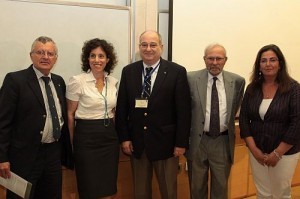 “The governments of Israel believe that the country’s universities are “an expense” and do not understand that they are a risk-free investment that produces a return of more than 60%,” said Prof. Shlomo Meital of the Samuel Neaman Institute at the Technion, who participated in a panel of experts at the opening of the meeting of the Technion’s Board of Governors. Technion President, Prof. Peretz Lavie, who opened the discussion, said that the central theme of this year’s meeting is “How do we do this,” and indeed – this is a question that gets asked by many people – how is it that despite its abundance of problems, the state of Israel has become a successful technological superpower?
“The governments of Israel believe that the country’s universities are “an expense” and do not understand that they are a risk-free investment that produces a return of more than 60%,” said Prof. Shlomo Meital of the Samuel Neaman Institute at the Technion, who participated in a panel of experts at the opening of the meeting of the Technion’s Board of Governors. Technion President, Prof. Peretz Lavie, who opened the discussion, said that the central theme of this year’s meeting is “How do we do this,” and indeed – this is a question that gets asked by many people – how is it that despite its abundance of problems, the state of Israel has become a successful technological superpower?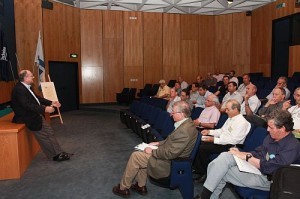
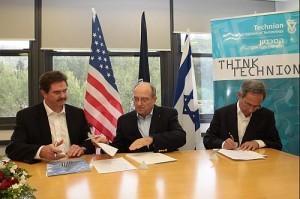 The agreement is the product of academic cooperation that began as part of the Fulbright Program
The agreement is the product of academic cooperation that began as part of the Fulbright Program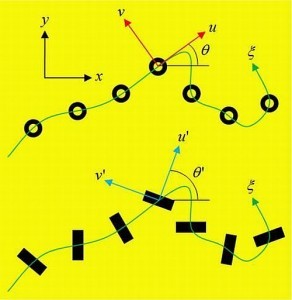 The result of a geometric distortion of a wire composed of coupled nanoantennas
The result of a geometric distortion of a wire composed of coupled nanoantennas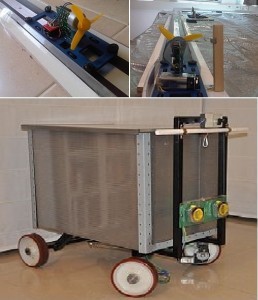 The Technion program for autonomous systems held an unmanned autonomous model design and building competition among undergraduate students. The winners of this competition were Erez Horev of the Faculty of Civil and Environmental Engineering, who developed a magnetic car that floats in the air, and Doron Le’or of the Faculty of Mechanical Engineering, who developed a motorized toolbox that follows its owner.
The Technion program for autonomous systems held an unmanned autonomous model design and building competition among undergraduate students. The winners of this competition were Erez Horev of the Faculty of Civil and Environmental Engineering, who developed a magnetic car that floats in the air, and Doron Le’or of the Faculty of Mechanical Engineering, who developed a motorized toolbox that follows its owner.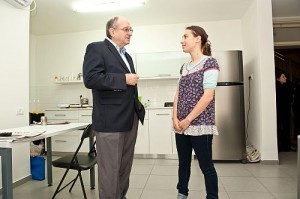 This is the largest graduate housing project in the Technion and one of the largest building projects in Haifa in recent years; 60 apartments are already occupied, with residents paying low rents – starting from 1,400 ₪ per month, including city taxes & cable TV
This is the largest graduate housing project in the Technion and one of the largest building projects in Haifa in recent years; 60 apartments are already occupied, with residents paying low rents – starting from 1,400 ₪ per month, including city taxes & cable TV